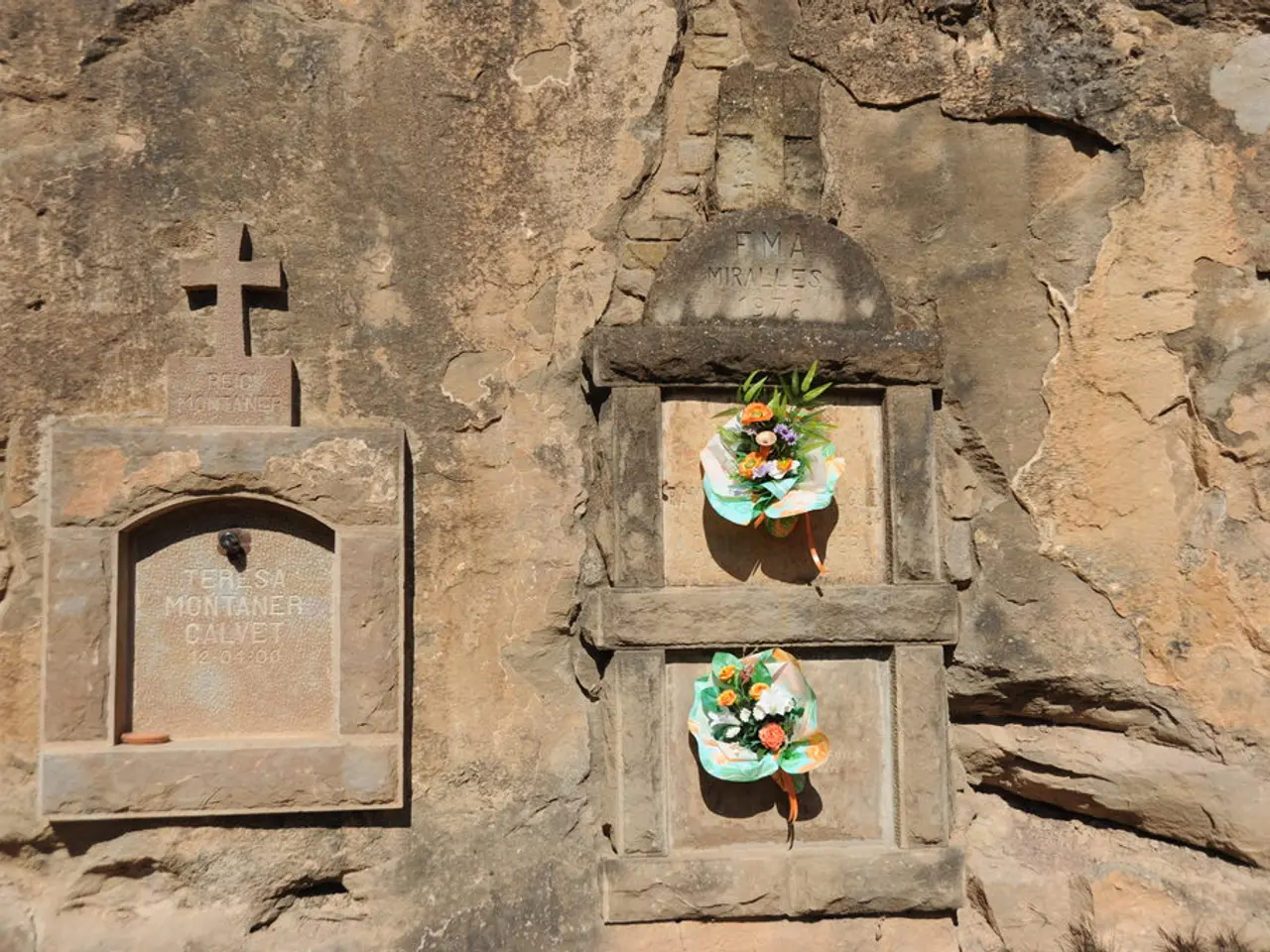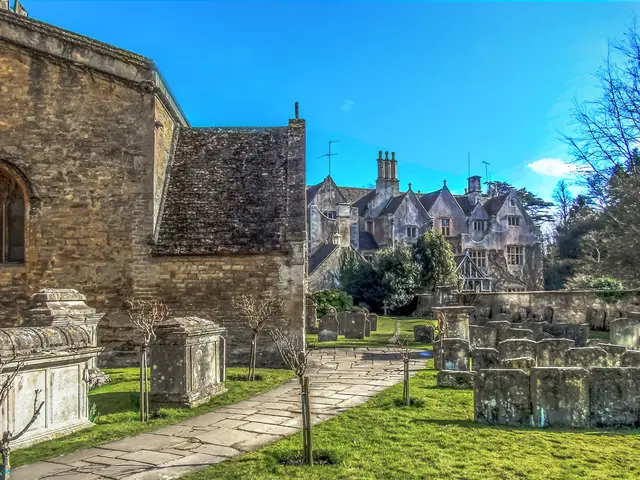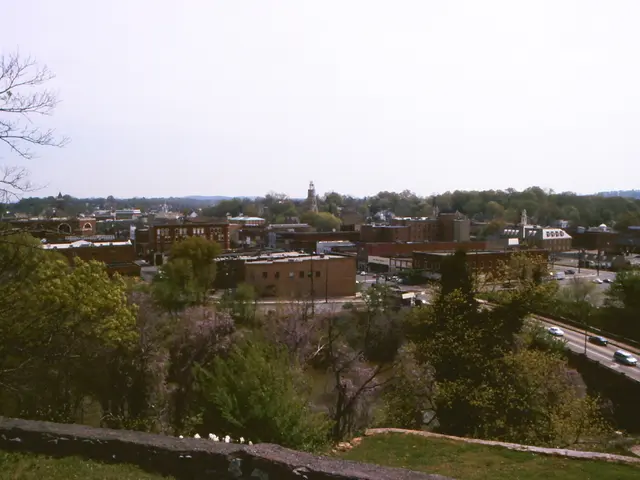Native American Tribes Push Biden to Expand National Monuments, Honour Historic Events
A coalition of Native American tribes and communities across the U.S. is urging President Biden to expand and designate several national monuments and parks, aiming to preserve cultural heritage, protect biodiversity, and honour historic events. These initiatives, led by various local groups, seek to utilise the Antiquities Act to safeguard significant sites and reckon with the nation's past.
In California, the Yocha Dehe Wintun Nation is pushing for the expansion of the Berryessa Snow Mountain National Monument to include Molok Luyuk, a sacred ridgeline rich in diverse plant life and critical habitat for raptors and migratory mammals. Meanwhile, activists in Mississippi and Illinois are calling for a national historic park honouring Emmett Till and Mamie Till-Mobley, to commemorate the events that sparked the American Civil Rights Movement. In Oklahoma, community members are seeking national monument status for Black Wall Street in Tulsa, to honour the legacy of the thriving Black community destroyed in the 1921 Tulsa Race Massacre.
In Arizona, a coalition of 12 Tribes and Nations is seeking to designate over 1 million acres of public lands outside the Grand Canyon National Park boundary as the Baaj Nwaavjo I'tah Kukveni Grand Canyon National Monument, to preserve biodiversity and safeguard local water supplies from uranium mining. Locally led by the Grand Canyon Tribal Coalition, this initiative has broad support from tribes, local communities, and organisations. Additionally, community members in Arizona are seeking protection for the Great Bend of the Gila, a region of immense ecological and cultural value, from encroaching development.
These efforts follow a trend of using the Antiquities Act to protect lands culturally significant to Indigenous communities and to acknowledge the nation's past, as seen in the designation of Bears Ears National Monument in recent years. Further, community members and activists are calling for a national monument commemorating the 1908 Springfield Race Riot in Illinois, where a white supremacist mob destroyed Black homes and businesses, killing at least six residents.
President Theodore Roosevelt first used the Antiquities Act in 1906 to protect places like Mount Olympus and the Grand Canyon, setting a precedent for the preservation of America's natural and cultural heritage.
These initiatives, led by passionate communities and coalitions, aim to preserve significant sites, protect biodiversity, and honour historic events. By utilising the Antiquities Act, they seek to ensure that these places remain protected for future generations, contributing to a more comprehensive and inclusive narrative of American history.
Read also:
- Federal health clinics in Maine seek restoration of withheld Medicaid financing, filing a lawsuit against the Trump administration over funding reductions.
- Depakote Cost in 2025: Discounts and Additional Savings Options
- Understanding the Two Variants of Macular Degeneration
- Guidelines for Developing a Fresh New Employee Onboarding Presentation







